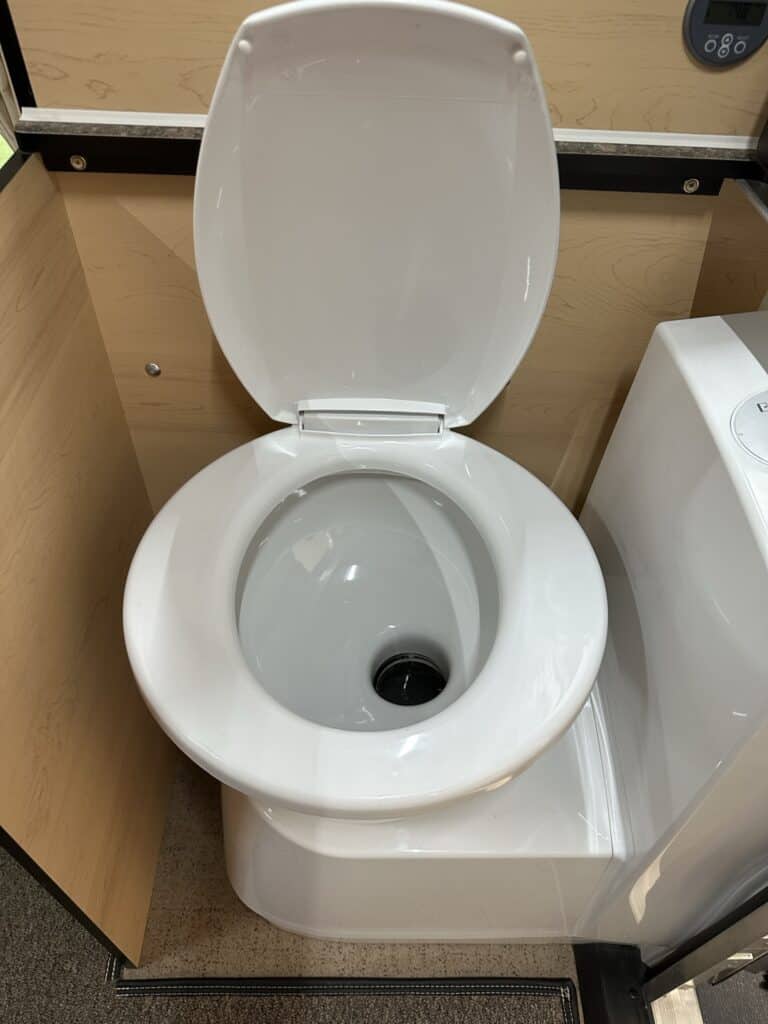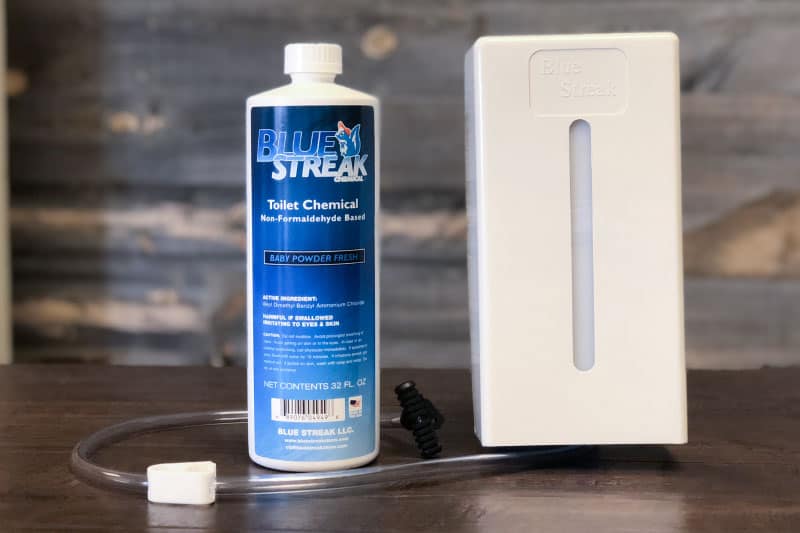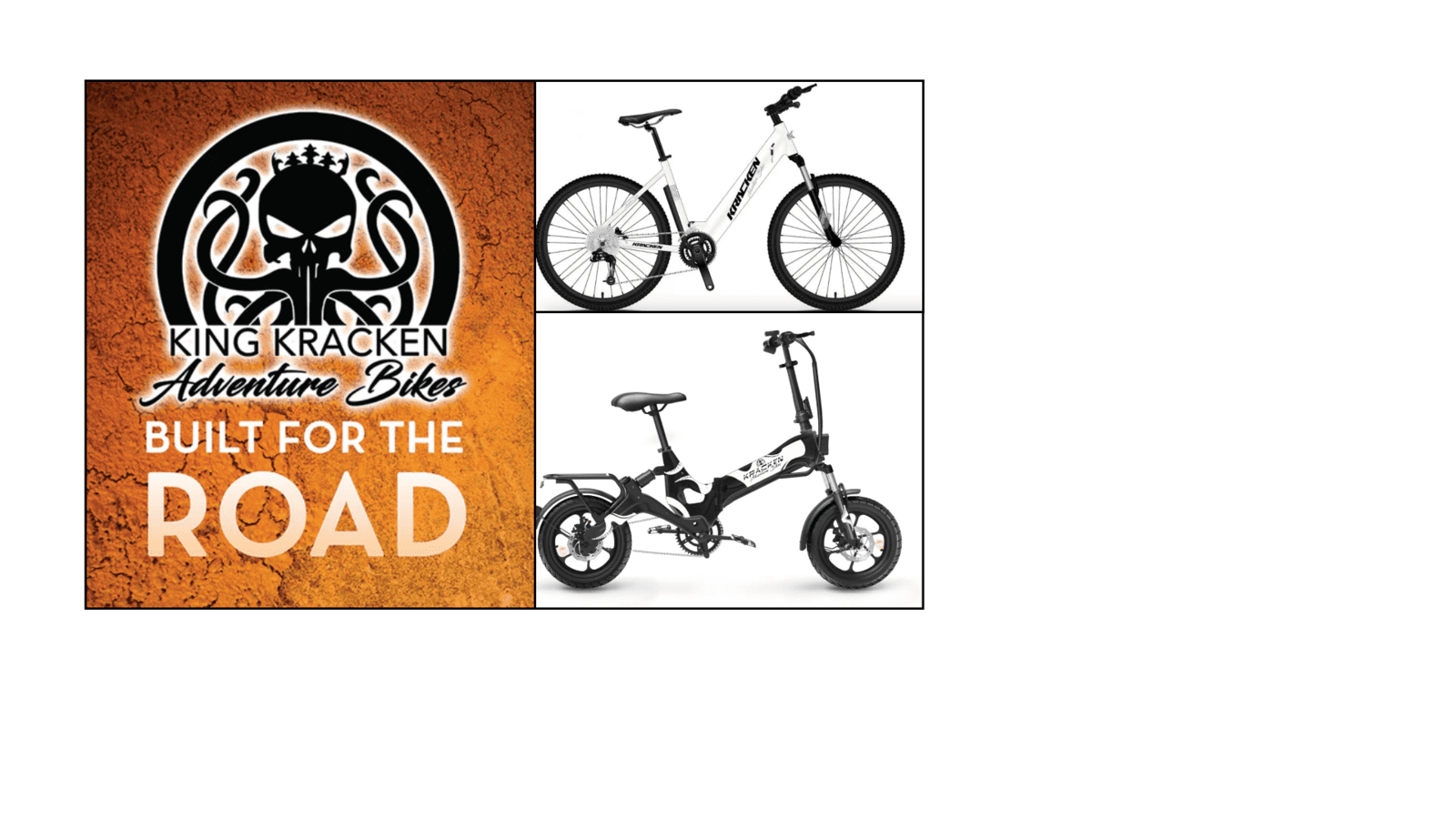
In partnership with Blue Streak
Maintaining RV Holding Tanks: Tips, Tricks, and Advice
During my 50 years as an RV tech repairing and replacing thousands of holding tanks and toilets, I have found that an RV owner’s knowledge about the maintenance of RV holding tanks is mainly based on hearsay or trial and error.
I can honestly say that I only started to understand the issues myself when I became a camper decades ago. I was in the same boat of not knowing exactly what should be done and relied on what I read or what I was told.
RV holding tanks aren’t always the most pleasant part of RVing, but they are a necessary part of owning an RV, and a little maintenance can make camping far more enjoyable. Here are a few tips I have compiled that should help you on your journey to successful holding tank management.
Tips, tricks, and solutions
Proper maintenance of your RV’s black tank (where the waste from the toilet is stored) is essential for preventing leaks, odors, and damage to your RV. Here are some techniques and tips:
1. Use RV-specific toilet paper
Regular toilet paper doesn’t break down as quickly or as completely as RV-specific toilet paper. This can lead to clogs in your tank, which are both unpleasant and difficult to remove.
2. Use a high-quality tank chemical
Tank chemicals help to break down waste and prevent odors. There are many types to choose from, including those that are environmentally friendly. The Blue Streak Automatic Dispenser System is a prime example.
3. Use adequate amounts of water
When flushing, use a good amount of water. It helps to dilute waste and prevent clogs. Too little water can lead to the buildup of solid waste, also known as “pyramiding.”
4. Rinse the tank regularly
After you empty your black tank, rinse it thoroughly. Some RVs come with built-in black tank rinse systems. If yours doesn’t, you can use a tank rinser or a wand designed to spray water inside the tank.
5. Keep the valve closed
Until it’s time to dump, keep the black tank valve closed. This will prevent the liquid waste from draining out, leaving solid waste behind.
6. Empty the tank when it’s mostly full
It’s best to empty the black RV holding tank when it’s at least two-thirds full. This way, the weight of the contents will help to push everything out of the tank.
7. Don’t dump grease or food in the toilet
Be careful to not dump grease or food down your RV toilet. These materials can clog the tank and sensors.
8. Use a clear elbow connector when dumping
This allows you to see when the water runs clear after you’ve emptied and rinsed the black tank, which means the tank is clean.
9. Regularly inspect and maintain seals and valves
Regularly check the health of seals and valves to avoid leaks or stuck valves, which can be a messy problem. Toilet manufacturers suggest lubricating the bowl seal once a month. Some call for adding their lubricant and allowing it to sit in the bowl for eight hours (hopefully no one has to go!). Normally you can just replace the gate valve if the seal goes bad.
10. Empty the black tank before the gray
By doing this, the gray water will flush out any remaining waste from the sewer hose.
11. Winterizing your RV holding tank
Usually just dumping the tanks and leaving the valves open works just fine.
12. Watch your gauges
RV holding tank level gauges are notorious for inaccurate readings. Most systems utilize tank probes that are mounted through the side of the tank. These probes use an electric current to detect how full the tank is. However, this system is not foolproof.
For example, after a tank has recently been dumped, the side of the tank may still be wet, or a paper product may be hung up on the probe. Both can cause a false reading. Always allow ample time for the tank to dry after dumping before checking the gauge if you have any accuracy concerns. Probe cleaner can also help if used on a regular basis.
Remember, different RVs might have different types of systems or processes, so it’s always a good idea to read the manufacturer’s instructions and recommendations for your particular RV model.

Fighting odors in RV holding tanks
One of the first issues that comes up in a conversation is odor and trying to find the best solution. You have a few options:
Do nothing
As you might guess, this isn’t a particularly popular choice. Simply deciding “that’s just the way RVs are” won’t earn you any friends or family members inside or outside the camper.
Empty your RV holding tanks frequently
While this sounds good on paper, it’s not always convenient and can require a lot more time and water flushing if the solids haven’t had time to break down yet.
Add chemical deodorants
You can add a chemical deodorant to your RV holding tanks. They come in liquid, dry powder, packets, enzymes, and homebrews found on the internet. With liquid deodorants, most RV dealers have shelves of many different brands. Choosing the right one can be daunting and still might not provide you with what you are looking for in the end result.
Dry powders are used for chemical recycling in toilets like those found on a plane and are not too pleasant. Some drop-in packets are convenient but may not be very effective, as they tend to end up on the bottom of the tank and do not mix well. Home brews are usually very expensive to make, not to mention you shouldn’t mix chemicals unless you are a chemist.
Enzymes by themselves may not really do the job for holding tanks as they were intended. After all, it is a holding tank, not a septic tank. If the waste isn’t left in long enough to break down, enzymes may not work. You can also kill the enzymes by adding a deodorant or other type of drop-in or liquid to the tank.
There are a variety of good liquid options that factor all of these solutions into a single cohesive solution that actually works and is effective on RV holding tanks. One such solution is Blue Streak. By itself, it is enormously effective, but when paired with the Automatic Dispenser, it adds another level of reassurance and gives you one less thing to remember.
Previous RV holding tank solutions
To circle back to when I started camping and trying to decide what method of odor control to use, the “Tidy Bowl” came to mind, but I wondered, how could I add a chemical to the flush water? The RV toilet doesn’t have a water closet tank as a toilet in the home does.
The only solution would be to inject it into the flush line. By adding the chemical with each flush, you would no longer have to remember when or how much chemical to add to your RV holding tank, making it convenient and easy to use.
Deodorizing the bowl with each flush also did a much better job of odor control, and metering the amount used each time eliminated the overuse and wasting of the chemical. This not only saves money, but it is also good for the environment. We also didn’t want to use formaldehyde with our product, so we formulated it to maximize the efficiency of our overall system. With all of these thoughts and ideas in mind, Blue Streak Chemical and the Automatic Dispenser System were born.
“How many times have you passed up a dumping opportunity because you had just added treatment to the black tank? Blue Streak Automatic Chemical Dispenser Eliminates that concern.”
Carl Sumerix, Owner, Blue Streak LLC
Learn more about Blue Streak
Blue Streak Chemical is biodegradable and septic system safe. We added detergent to help clean, along with a lubricant for the seals. Therefore, with each flush, it deodorizes, cleans, and lubricates, making it not only convenient but very easy to use.
Best of all, you can dump your holding tanks when it is convenient without wasting chemicals you may have added. The Blue Streak Chemical Dispenser solves all your RV holding tank issues, as well as saving money. Visit bluestreakchem.com for more information.






Befor I run the tank flush I like to put 3 or 4 ounces of Dawn in my water hose at the tap to do a finish flush. I shut the gate for a minute then open. This runs soapy water through the tank and drain hose etc.
If you are letting your RV sit for awhile like a couple of weeks or a month is it best to fill the tanks to keep any seals moist or once you get to the tank it’s all plumbing joints and it doesn’t matter?
A RV tech told me the best thing you can do is shut your black tank valve and only dump when your toilet burps, during a flush. He said toilet paper doesn’t matter. Use enough water behind every flush. Also, if your gate valve is working properly, you don’t need unnecessary deodorizers and stuff. The water that sits on top of your gate valve keeps the stink out. So don’t waste your money. If you don’t have water, then you need to replace your valve.
After dumping the black then the gray tank, I partially fill the black again, then put dump ice down the toilet. I drive around, smashing the ice against the walls of the tank until melted, then dump again.
It’s kinda different in our case. My husband doesn’t have a bladder cuz of cancer. So his urine smells 10 times worst
“Regularly Inspect and Maintain Seals & Valves” Ummm, any further info to share? For a Dometic toilet with a “ball” valve, how does one inspect the seal? We recently noticed we were losing our water seal, and (1) used a toilet brush for the few seconds that the valve is open, and (2) thinking that there might be deposits on the seal, added some vinegar post-flush (clean water) to hopefully dissolve any deposits. It seems to be working (for now).
Good question, I was wondering the same thing.
I to used a toilet brush to clean the pipe leading to the holding tank. Made a huge difference in the odor coming up out of the tank. I also use Happy Camper. For deodorizer. Expensive but effective.
Scott’s single ply toilet paper works as good as any rv toilet paper for less cost. Take a few sheets and put it in a jar and shake it 2-3 times. It starts coming apart immediately.
I use Cottonelle TP and never had a plug condition. I also flush my black tank every three days with a two gallon bucket of warm water and three squirts of Dawn dish soap. Repeat until bottom of tank is clear. close valve and then pour another bucket of water with 3 squirts of Dawn. Can’t go wrong. Once a month a thorough flush with a wand flusher you can get at Walmart.